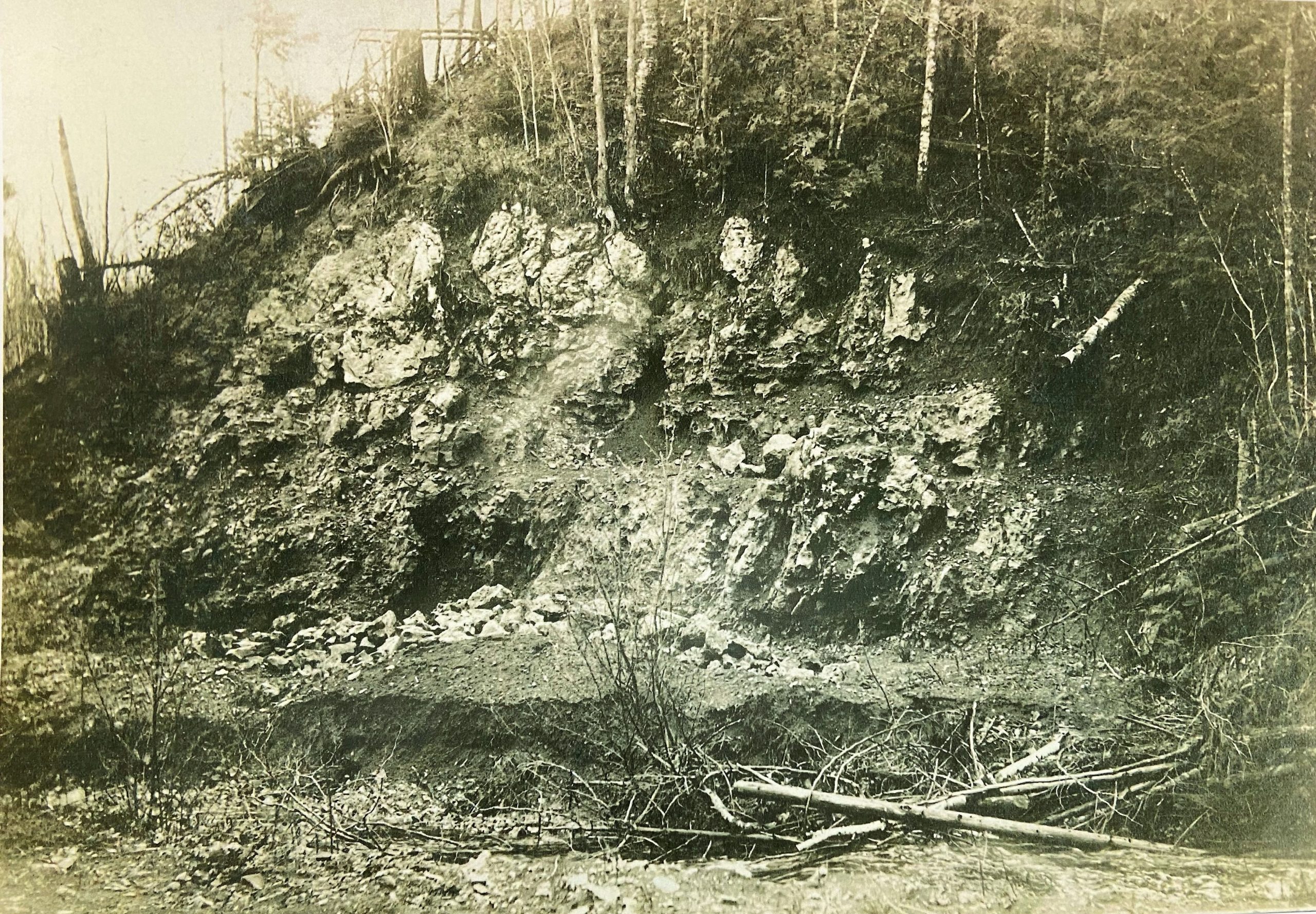
The Untold Story of the Mill Creek Quarry
About 1864, a new resource was tapped for the first time along the rocky bluffs of Mill Creek – limestone.

About 1864, a new resource was tapped for the first time along the rocky bluffs of Mill Creek – limestone.
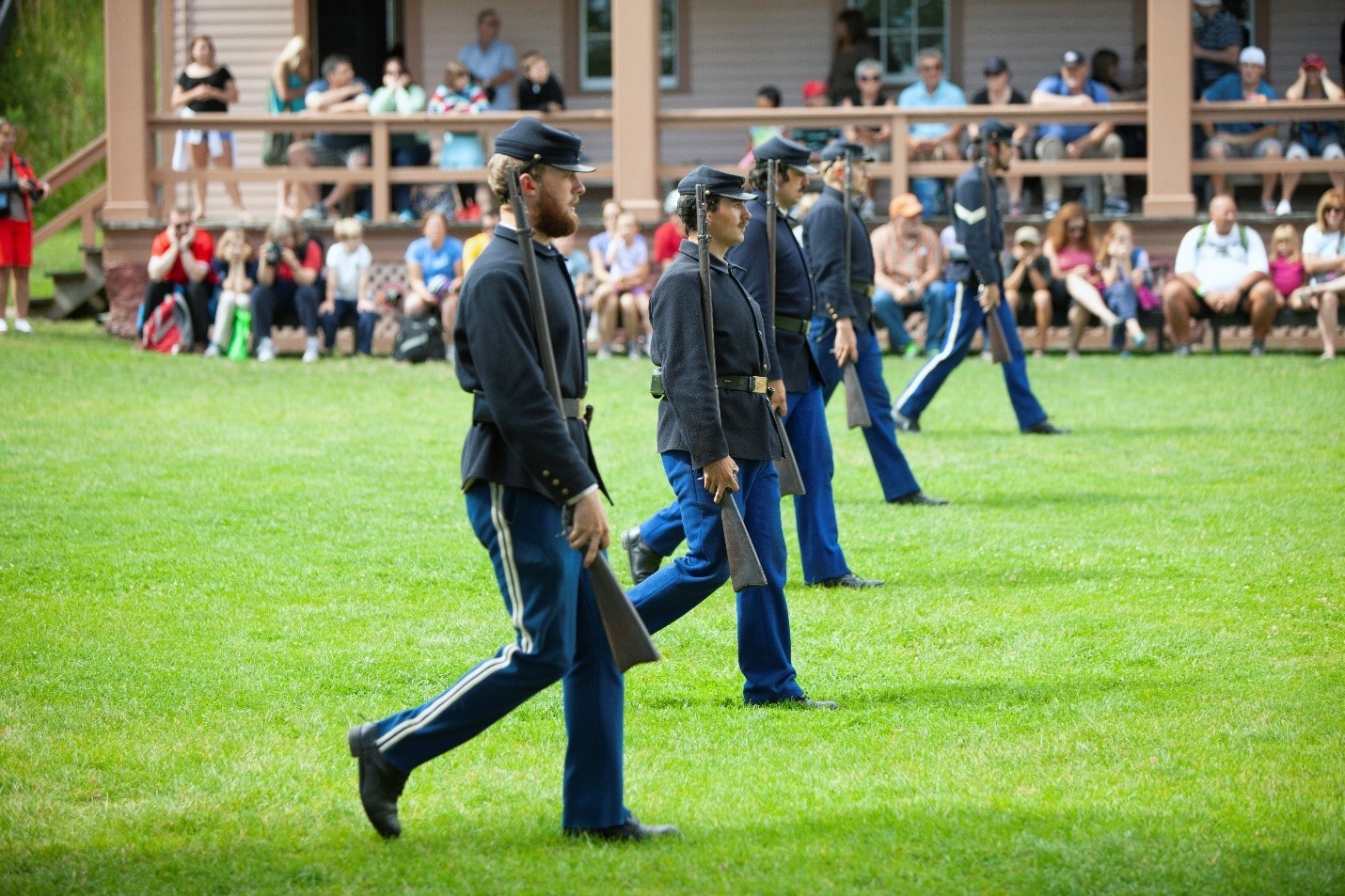
Visiting historic Fort Mackinac on Michigan’s Mackinac Island is less of a lesson in history than it is an experience of it. Here are five places to see on a visit to Fort Mackinac with the family:
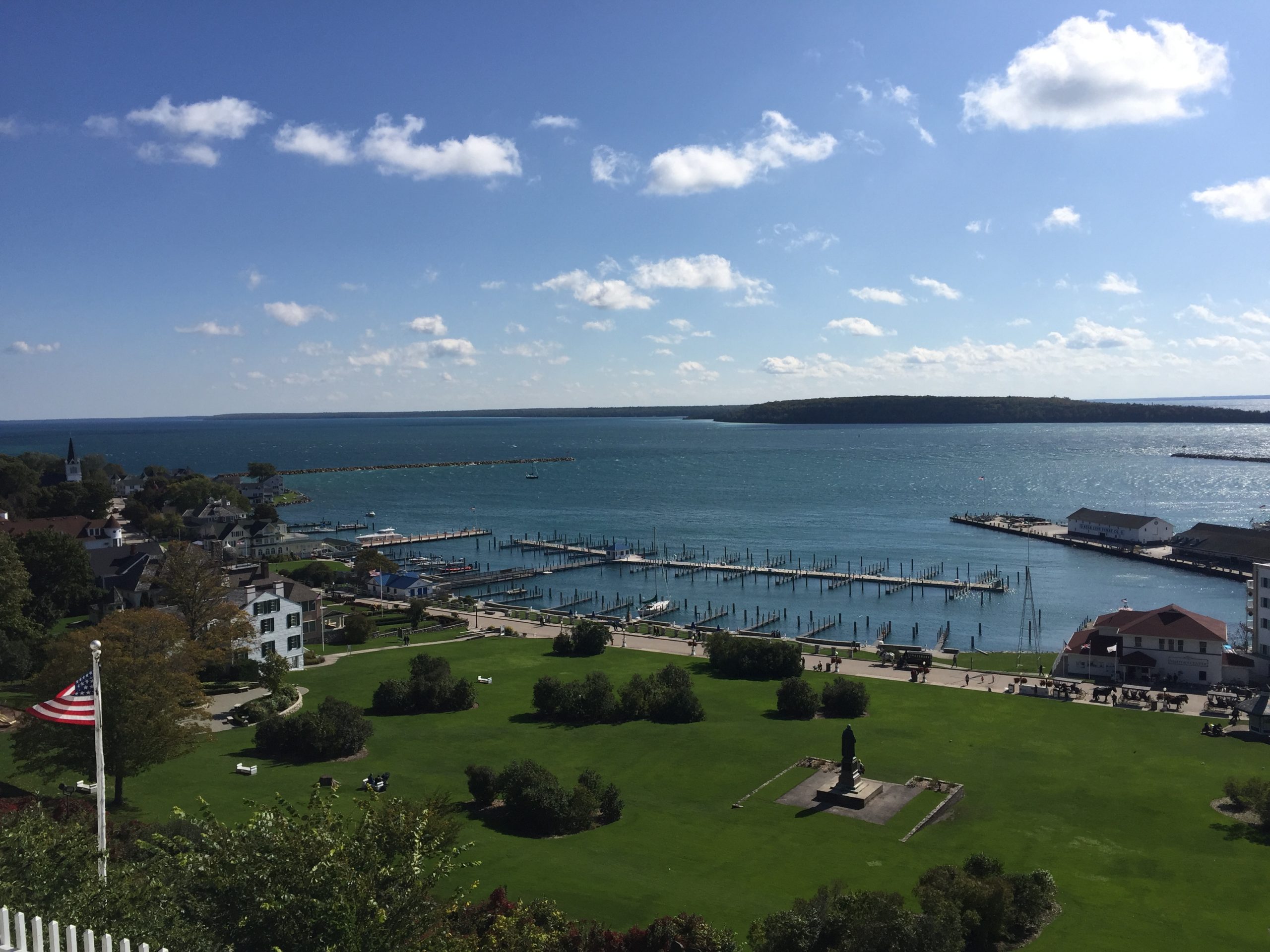
There is no wrong way to see and visit Mackinac Island. But what could a perfect day look like visiting ONLY Mackinac Island State Park? Learn more here.
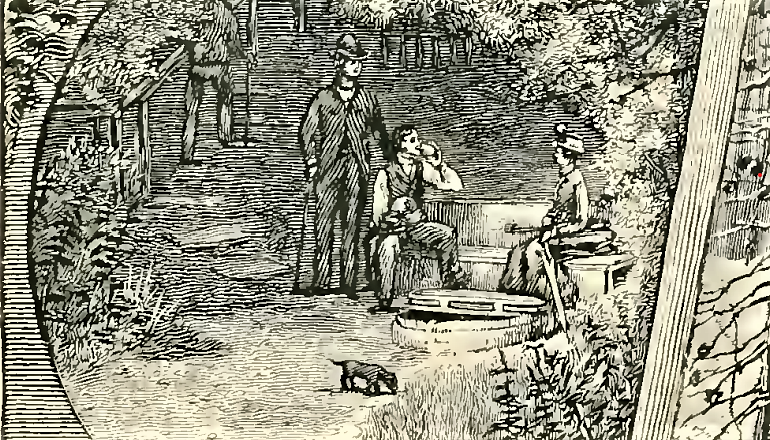
Mackinac Island is blessed with a number of natural springs which percolate through limestone bedrock. Some, like Dwightwood Spring and Croghan Water, are well known. Others not as much. Learn more about them here.
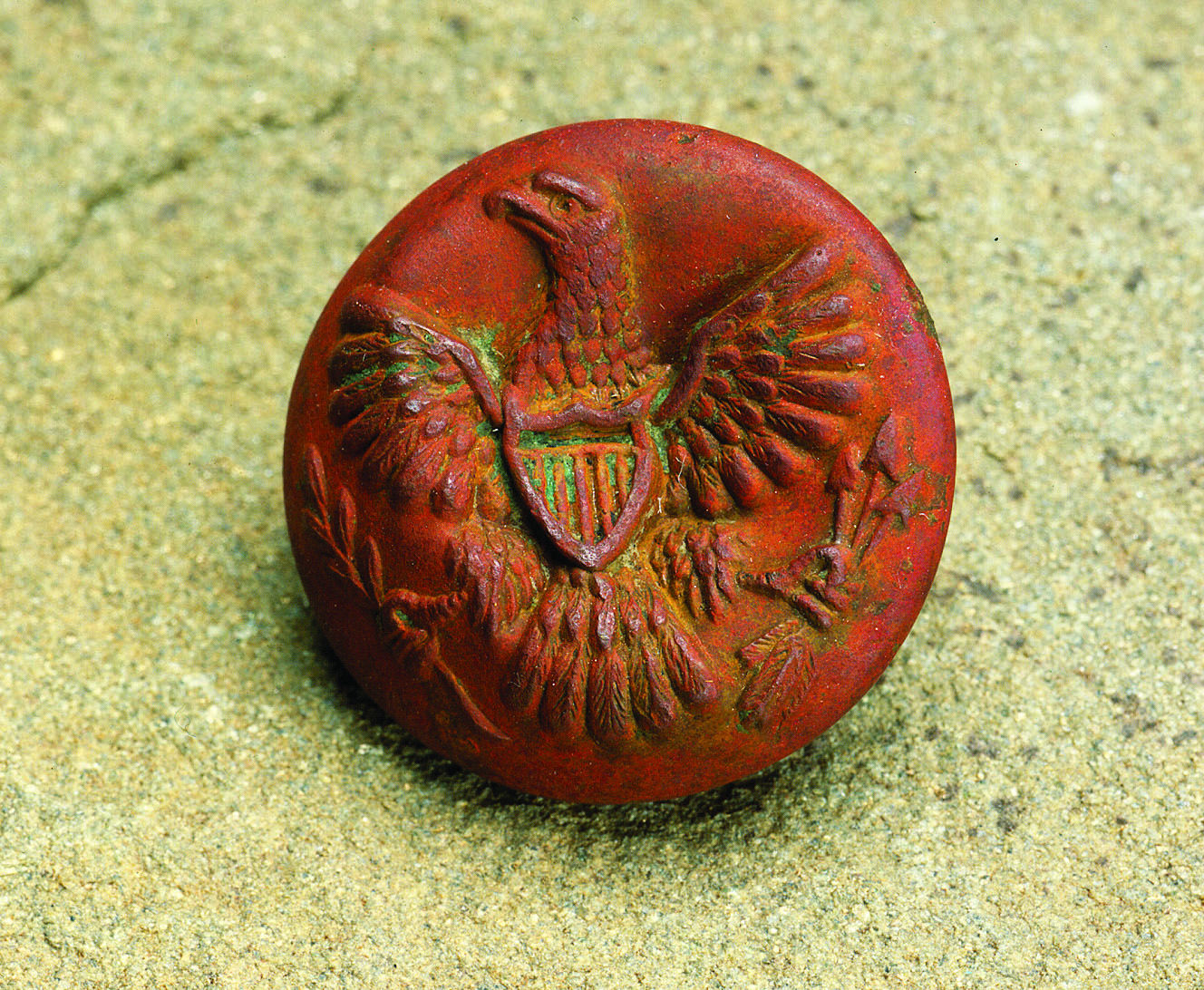
One of the “missing” buildings at Fort Mackinac is the blacksmith shop.
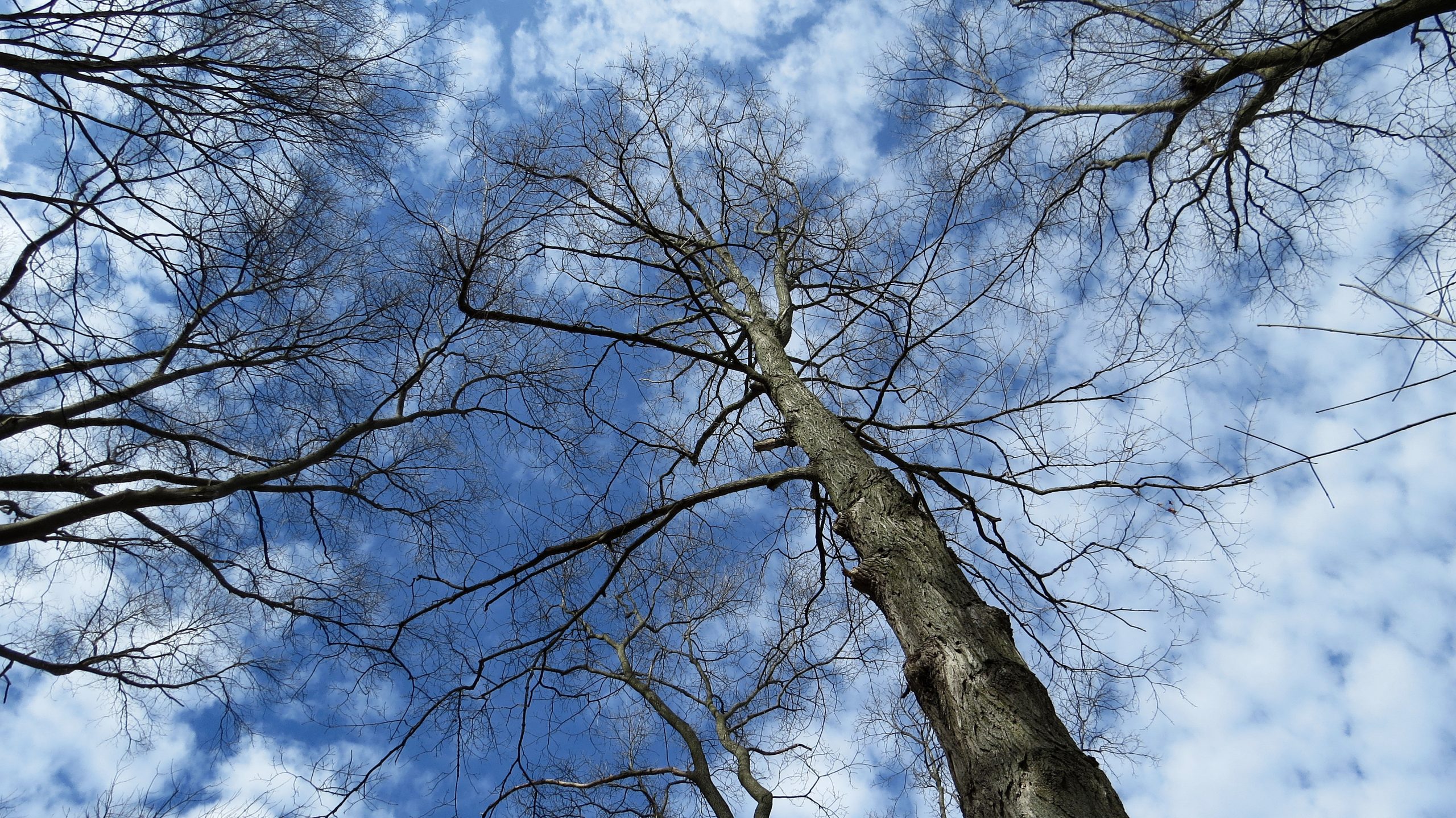
As winter snow and frigid temperatures finally give way to spring, maple sugaring season begins in northern Michigan.
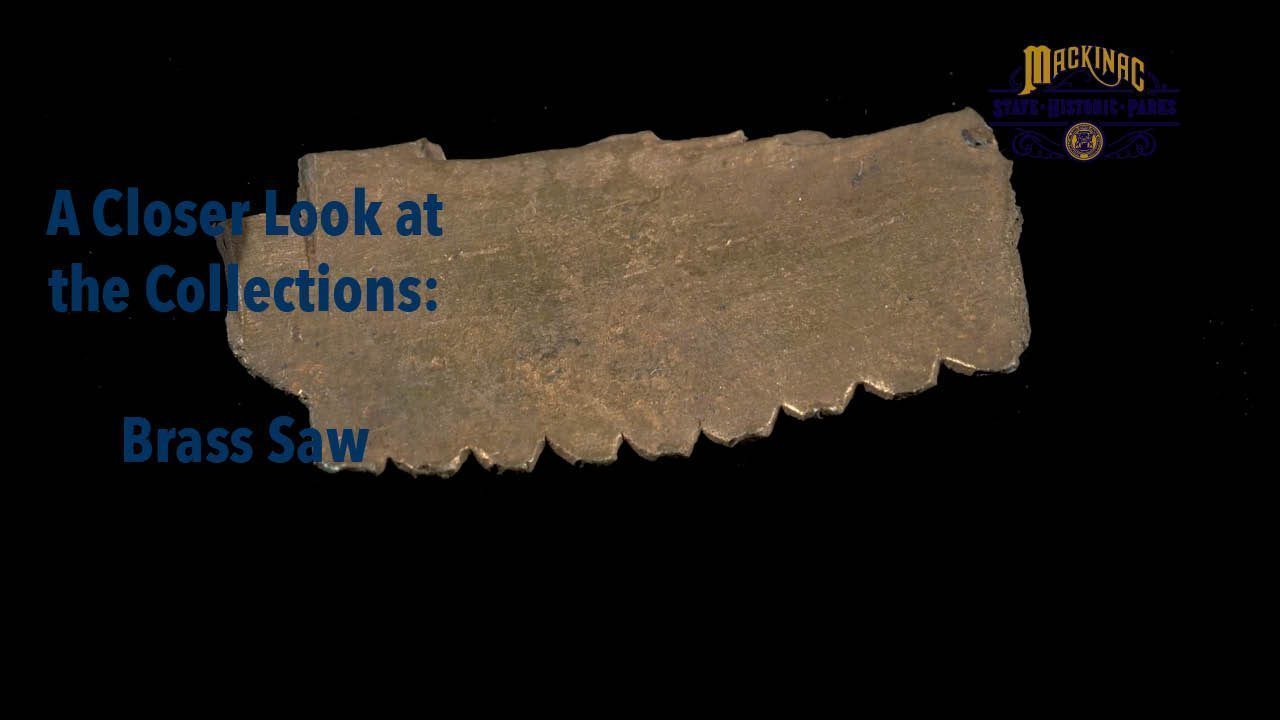
It’s time for another deep dive into the collection!
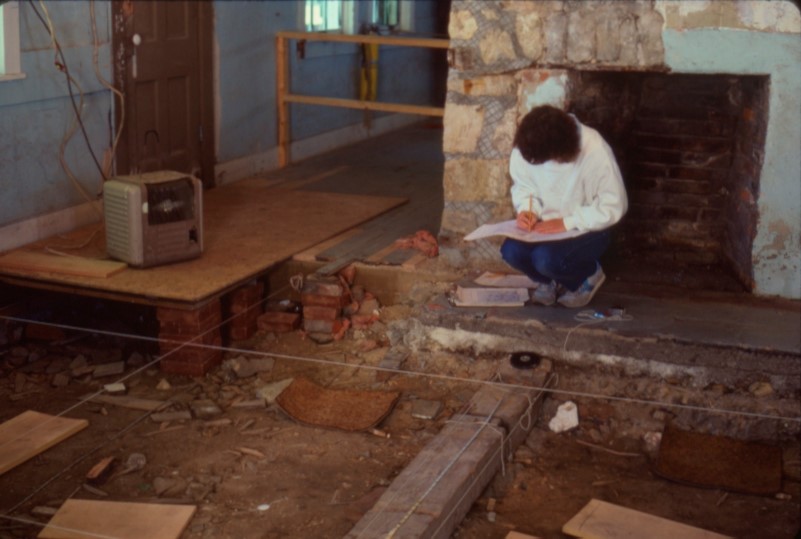
One of the more unusual archaeological projects to take place at Fort Mackinac was an excavation that took place under a standing structure. The main question that excavation was looking to answer? Who built the Officer’s Wood Quarters, and when was it built?

Mackinac State Historic Parks maintains more than 100 buildings. Most are public, like the buildings inside Colonial Michilimackinac and Fort Mackinac. Others are behind the scenes, like the Petersen Center. Learn more about the administrative office of MSHP here.